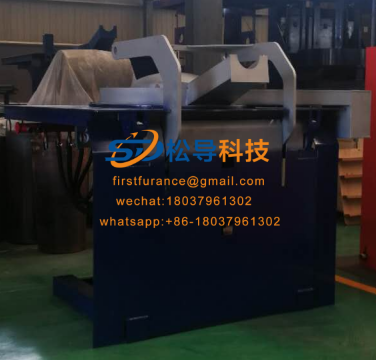(1) The importance of temperature control during the reduction period
1 affects the reductive refining operation
When the temperature is too high, the slag becomes thin, so that the white slag is unstable and easy to turn yellow, and the molten steel is easy to inhale due to poor deoxidation; at the same time, the lining is seriously eroded, affecting the age of the furnace and increasing foreign inclusions. When the temperature is too low, the fluidity of the slag is poor, and the physical and chemical reaction between the steel slag cannot be smoothly carried out, and deoxidation, desorption, and inclusion in the steel are not good. Moreover, the composition of the molten steel is not uniform, which affects the accuracy of chemical analysis. In addition, it also causes the temperature to rise after the reduction period, damages the furnace wall, and prolongs the melting time, and the temperature of the molten pool is not uniform.
2 affects the control of molten steel composition
The temperature of the reduction period has a great influence on the recovery rate of the alloying elements, the uniformity of the molten steel composition, and the representativeness of the analytical sample. If the temperature of the molten pool is high, the recoveries of easily oxidizable elements such as AL, Ti, and B are lowered, and the recoveries of elements such as Si, Mn, and Cr are high. If the temperature of the molten pool is low, the recovery rate of elements such as W and Mo is low, and the composition is not well controlled.
3 affecting the casting operation and the quality of the ingot
When the temperature is too high, the gas is easily absorbed during the tapping and casting process, the secondary oxidation is severe, and the corrosion of the refractory material such as the ladle lining is intensified, and the foreign inclusions are increased. High temperature casting is also prone to metallurgical defects such as rising, cracking, shrinkage, subcutaneous bubbles, white spots, looseness, segregation, etc., causing casting accidents in severe cases, such as steel ladle leakage, steel ingot mold being melted.
The temperature is too low, resulting in insufficient sedation time, so that the inclusions in the steel can not be fully floated, affecting the intrinsic quality. Too low casting temperatures tend to cause defects such as short, heavy skin, cold splash, shrinkage and hairline. Even the ladle mouth is stuck with the stopper head or the cold steel is bottomed, and the normal pouring cannot be performed, causing the molten steel to be scrapped.


